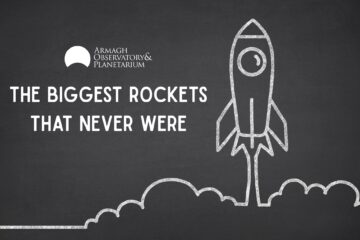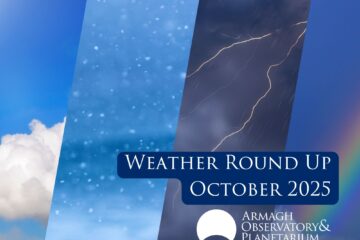Article written by: Apostolos Christou, resident Astronomer at Armagh Observatory and Planetarium
Some seven months ago, a NASA spacecraft called InSight was launched atop an Atlas 5 rocket and headed to Mars (Figure 1). If all goes well, the spacecraft will land on the Martian surface at around 8pm UK time this Monday 26th November and begin its science investigation. InSight is a fixed lander (see Figure 2 below), a much simpler affair than the Curiosity rover that arrived in 2012 and continues its trek across the floor of Gale crater to this day. Mobility, is however, not required for the specific aim of the mission.

Fig 1. An Atlas V launches through morning fog from Vandenberg Air Force base, California, on 5 May 2018 carrying the InSight spacecraft to Mars. Credit: Ben Smegelsky/NASA
As its name suggests, InSight will allow scientists to form a picture of the planet’s interior, by detecting seismic waves generated by marsquakes. It will help us better understand how other rocky planets, including Earth, were and are being created. As a bonus, it will also detect impacts by small asteroids, the so-called “meteoroids” on the surface to find out how often this happens on Mars and how the rate of impacts varies day-to-day and season-to-season. Though Mars, like the Earth, has an atmosphere that shields the surface from the very small meteoroids, its atmosphere is still too thin to provide effective protection against larger objects.
Modelling done by AOP Research astronomer Dr Apostolos Christou indicates that objects as small as a walnut could reach the surface still travelling at thousands of miles an hour, producing a small ‘pit’ upon impact. The Apollo lunar seismic experiment, a very similar experiment left on the surface of the Moon by the Apollo astronauts, made the surprising discovery that our natural satellite is occasionally hit by a barrage or “swarm” of boulder-sized meteoroids.

Fig 2. Depiction of the Insight lander on the surface of Mars. The dome-shaped object on the left is the seismometer. The device on the right is a heat flow probe. Credit: NASA/JPL-Caltech
As with the seismometer onboard InSight, the primary goal of the Apollo experiment was to study moonquakes. But a different kind of signal corresponded to the impacts of boulders coming from interplanetary space. The largest detected was the mass of a car. Some arrived as individual impactors, some were grouped in clusters. Work done by AOP’s Dr David Asher suggests that the most intense bombardment detected by the Apollo experiment was related to a swarm within the Taurid meteoroid stream thought to have formed by comet Encke over thousands of years. On Earth, meteoroids reach the ground less readily, tending instead to vapourise in the atmosphere. A Taurid swarm encounter manifests itself as an outburst of fireballs in October to November’s Taurid meteor shower. The near-absence of a lunar atmosphere allows meteoroids to hit the Moon’s surface directly and generate seismic signals. In this way, NASA’s latest foray to Mars will tell us if swarm encounters are also a feature of the Martian meteor year.
Additional information may be found at:
InSight home page at NASA: https://mars.nasa.gov/insight/
“What to Expect When InSight Lands on Mars” by Emily Lakdawalla, Senior Editor for the Planetary Society: http://www.planetary.org/blogs/emily-lakdawalla/2018/mars-insight-landing-preview.html
“Detecting meteorite impacts on Mars with the Insight seismometer”: https://www.seis-insight.eu/en/public-2/martian-science/meteoritical-impacts
“The Taurid swarm is upon us” NASA blog from 2015: https://blogs.nasa.gov/Watch_the_Skies/2015/10/26/the-taurid-swarm-is-upon-us/



0 Comments